When I set out to pursue a career in covering football, I was determined to stand out in a painfully crowded space. In order to do so, I wanted to answer the biggest question I had about the game: What are wide receivers doing when they run off the screen on Sundays and why is no one evaluating that performance?
We all know that wide receivers are one of, if not the position most dependent on outside variables in order to accrue production. Fantasy points, catch rate, yards, or hell any wide receiver stat is not even close to a reflection of just the receiver’s efforts.
Consider that a receiver is lucky to even get 10 targets per game but they’re usually running 30-plus routes in a given contest. In my mind, we should be judging these players based on all that work they’re doing, not off a bunch of stats that welcome in so many outside variables beyond the receiver’s own play.
Just to catch one pass, so much has to go right for the receiver before the ball even comes their way. The quarterback has to see them, decide to throw to them, actually throw a good ball and be given enough time to do so by a competent offensive line. That’s just the beginning.
All the wide receiver can control is how often they run good routes and get open to present a reasonable target for their quarterback. No one was giving the credit for all that work and isolating wide receiver play at a league-wide level. So I decided to be the one to fill the void, with the express goal to always do one thing: Bring more glory to the players and fully tell the story of their games.
My tool in executing this task is a charting methodology I developed over seven years ago called “Reception Perception.” To get the results, I watch film and chart a wide receiver’s performance on every route run during an eight-game sample. After months of back-testing the process before every releasing any content, that’s where I found the data steadied to reflect a full season.
Reception Perception is truly an exhaustive process. Since the 2014 NFL season, I’ve logged over 270 players, over 71,000 routes and countless hours into gathering data for Reception Perception. It has been and continues to be a mountain of work but it’s all be worth it to produce not just exclusive content you cannot find anywhere else in media but what is the very best tool for evaluating the wide receiver position. Once you dive into the content, I know you’ll agree.
The Purpose
I believe the purpose of Reception Perception and the data that comes out of it, is to bring an unparalleled understanding of how a wide receiver performs beyond the box score, and independent of the influence of outside factors, like quarterback play just for starters.
Wide receivers are becoming a more specialized position as the years go on. Reception Perception can help break down their skills further than any other analytics or film-based tool to help classify what “type” of wide receiver each college prospect or pro player is.
- How good of a route-runner is this receiver and on which patterns does he create the most separation?
- Where does this receiver “win” on the field and what are his best attributes?
- Where are they best deployed?
- What quarterback of offense would they best gel with?
- What kind of coverage foils this wideout and is there a role he best fits in?
- Is this receiver capable of excelling or breakout if tasked with a greater target workload?
These are just some of the questions I believe Reception Perception helps us answer and the ones I care most about understanding.
The goal is to provide unique data and information about NFL Draft prospects and current pro-wide receivers. I believe more information is always powerful. Reception Perception is just one evaluation tool in a litany of those available to football observers. I’d caution readers against following the words of any analyst who believes their method is anything but just one piece of the puzzle. There are no skeleton keys. Yet, I do believe this particular tool is the best you’ll find if your goal is to understand wide receivers.
Now that Reception Perception is available as a standalone product as I’m collecting data on a seventh NFL season, the series is able to provide more of that unique information on a wider variety of players than ever before.
The Data
Route Percentage – How often a receiver runs each pattern on the route tree.
Success Rate vs. Coverage scores – How often a receiver gets open against the defenders covering him. A success is charted when a receiver “gets open” against the coverage. Creating separation, enough for the quarterback to have a reasonable target, is marked as a success. The only plays that are automatically given as success to the receiver are instances where a receiver is obviously held or interfered with (called or not). These plays make a big difference to an offense, and signify a receiver winning yards for his team by forcing the defensive back to hold him.
There are five formats for Success Rate vs. Coverage scores:
– Success rate against man
– Success rate against zone
– Success rate against press
– Success rate on each type of route run
– Success rate against double coverage
Alignment Data – Charting where a receiver lined up on each sampled snap (slot, outside right, outside left or in the backfield), and whether they were on the line of scrimmage or not. This lets us categorize them as X-receivers, flankers or slots, going beyond just a basic inside or outside designation.
Target Data – Fairly self-explanatory, but we go beyond just raw targets, receptions and catch rate. Reception Perception tracks how many times a receiver was targeted per route run, and how many routes they caught a pass on. This shows true involvement in the offense. The series also features a drop rate.
Contested Catch Conversion Rate – How often a receiver successfully catches a pass where he is in traffic, tight coverage or has to adjust/leave his feet with a defender incoming.
In Space Metrics – How often a receiver gets an opportunity to run in the open field and how often they get dropped on the first contact, break a tackle, or break multiple tackles on those plays.
The Charts
Within Reception Perception, there are two main graphics that help illustrate the metrics, both of which received yet another facelift this offseason. We’ll take a look at the route charts of Reception Perception favorite Chris Godwin as an example.
Here’s is Godwin’s Route Percentage chart from his 2020 season, showing how often he ran each route on the route tree in his Reception Perception sample:
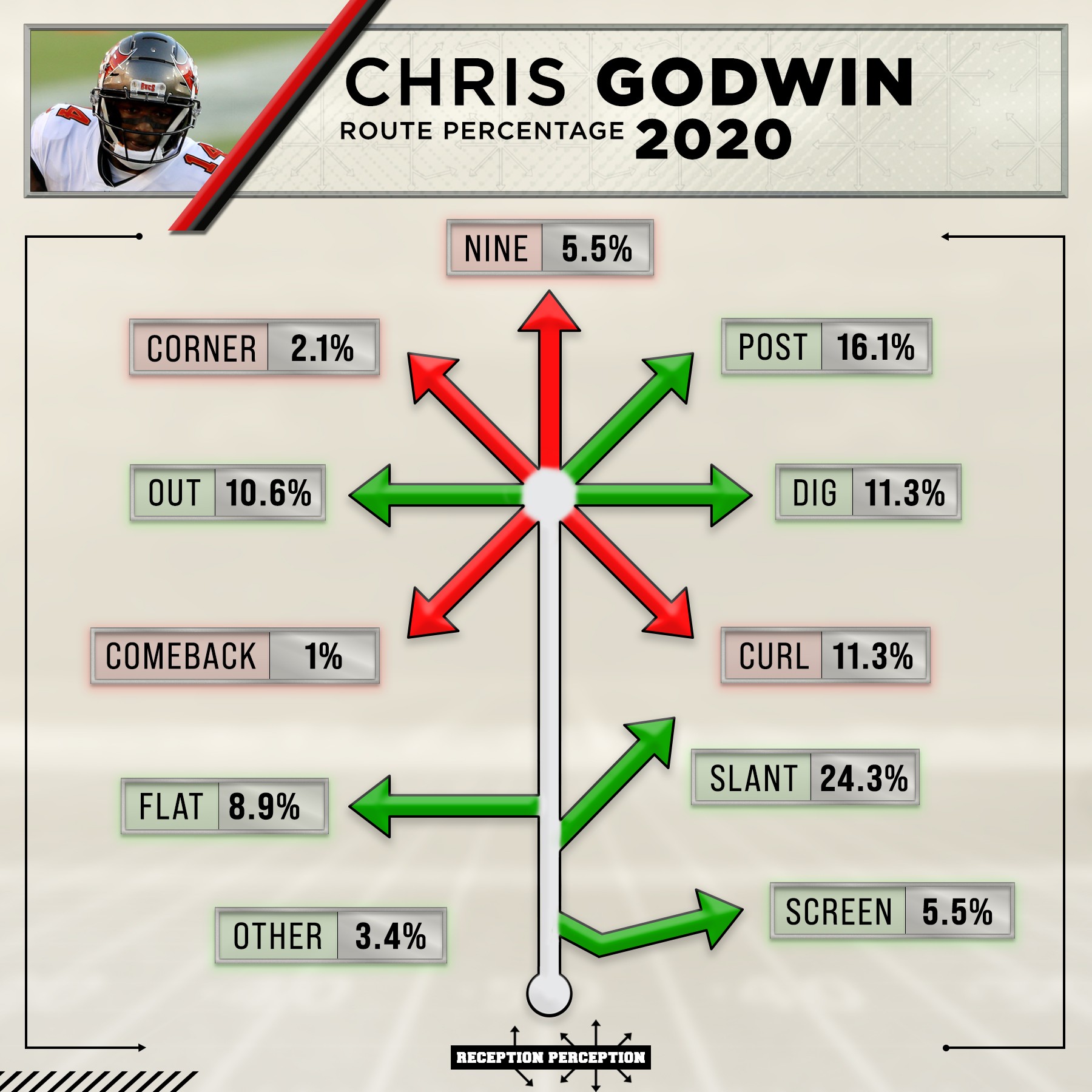
In addition to the new look, readers now get more context from the chart than ever before. The routes are highlighted to show how often a receiver runs a particular pattern compared to the historical NFL or college prospect Reception Perception averages.
Red – Below the average
Green – Above the average
Yellow – Within the average
Here’s how you’d use this chart: One interesting takeaway from Godwin’s chart is how balanced his route tree is. There’s a good representation from the slant and flat, which you’d expect out of a primary slot receiver. However, he runs digs, outs and even the traditionally deep pattern like the post at an above league average rate. This shows you that the Bucs believe Godwin is far from some popgun slot receiver. He’s a downfield weapon.
Here is Godwin’s route success rate route chart from his 2018 season, showing how often he got open on each individual pattern on the route tree in his Reception Perception sample:

The same context is provided on the success rate chart with the highlights to show how the player’s Success Rate vs. Coverage score compares to historical NFL or college prospect averages collected by Reception Perception.
Red – below the average success rate
Green – above the average success rate
Yellow – within the average success rate
Here’s how you’d use this chart: To win any argument against some clown who thinks Chris Godwin is anything but any excellent starting wide receiver in the NFL. No, let’s be serious. What we see here is that Godwin wins at all levels of the route tree. With scores like his 78.1 percent success rate vs. man coverage and 78 percent success rate vs. press, it’s clear that Godwin is able to separate with the best of them. Don’t put any limitations on his game.
The Proof
You’ll see the words “telling you who is good before they’re good,” all over the website. Beyond being a spicy bit of marketing, it’s the truth. Using Reception Perception as a map while hunting the next breakout wide receiver is probably the most fun use of the data.
That’s because it works. Period.
Every analyst has misses and there’s no doubt I’ve had mine. Nothing is perfect. I even made statements based on Reception Perception data in its infancy years ago that I’d never say today with seven-plus years of a sample size. The reality is though, even where I’ve failed as an analyst, Reception Perception has so rarely ever fallen short when evaluation NFL players.
I could sit here and read you a long, long hit list that includes players like Allen Robinson, Stefon Diggs, John Brown, Tyler Lockett, D.K. Metcalf, Odell Beckham, Calvin Ridley, Curtis Samuel, Chris Godwin, Terry McLaurin and so many more player crowned by Reception Perception long before the general football universe was ready to do the same, but that would take all the rest of my digital space. Instead, let’s look at the data.
Among the 270-plus players charted in Reception Perception history, only one of the wide receivers has cleared the 90th percentile in success rate vs. man coverage and never had a 1,000-yard season in the NFL. That’s Curtis Samuel, who did record 1,000 total yards for the Panthers in 2020. Pretty close, right? At least we know he’s good.
If you take it down a bit, only six players have cleared the 80th percentile in Reception Percepion and have yet to record a 1,000-yard season in the NFL. The aforementioned Curtis Samuel, Diontae Johnson, Sterling Shepard, Marquise Brown, Anthony Miller and Willie Snead. We already touched on Samuel but Johnson probably gets 1,000 yards if he was healthy all of 2020. I’d hold out some hope that Shepard and especially Brown could get there in the right situation. The other two, not so much.
In the database right now, there have been 33 unique wide receivers to clear the 80th percentile. All but those six above haven’t posted a 1,000-yard season. That’s an 82 percent “hit rate.”
Even if you go all the way down to the 70th percentile, you’d only add a few more names to the “non 1,000-yard” club: Donte Moncrief, Rishard Matthews, Bruce Ellington and Marquise Goodwin. So now we’re up to to 10 out of 45 unique players to qualify. That’s still a 78 percent hit rate.
Even if you want to call this an arbitrary cutoff, which it absolutely is, this quick look back into Reception Perception’s history makes things pretty clear. If you bet on guys who were good in Reception Perception over the last seven years, you generally hit on that bet.
***Update: Data expert Josh Scott wrote an article for us here at Reception Perception to dive deeper into the predictive nature of both success rate vs. man and zone coverage. Eric Eager of Sumer Sports has also studied the notable stability of RP data.
Conclusion
If you have questions about Reception Perception, please contact me on Twitter @MattHarmon_BYB, or hit the contact page of my website (that felt good to write). Any comments, feedback or critiques are appreciated.
By flying solo, I believe that Reception Perception will reach a new set of readers while giving out more content and data on a wider berth of players than in any of the previous year of the series’ existence.
Like, seriously…not even close.
The decision to build out ReceptionPerception.com was made with the reader right at the forefront of priority. I will now be able to produce a higher volume of content and in a more clear and organized fashion than ever before.
Make sure to use the #ReceptionPerception hashtag on Twitter so you follow along with the series, and be ready for an unprecedented amount of content and findings from the methodology this offseason. Let’s have some fun.

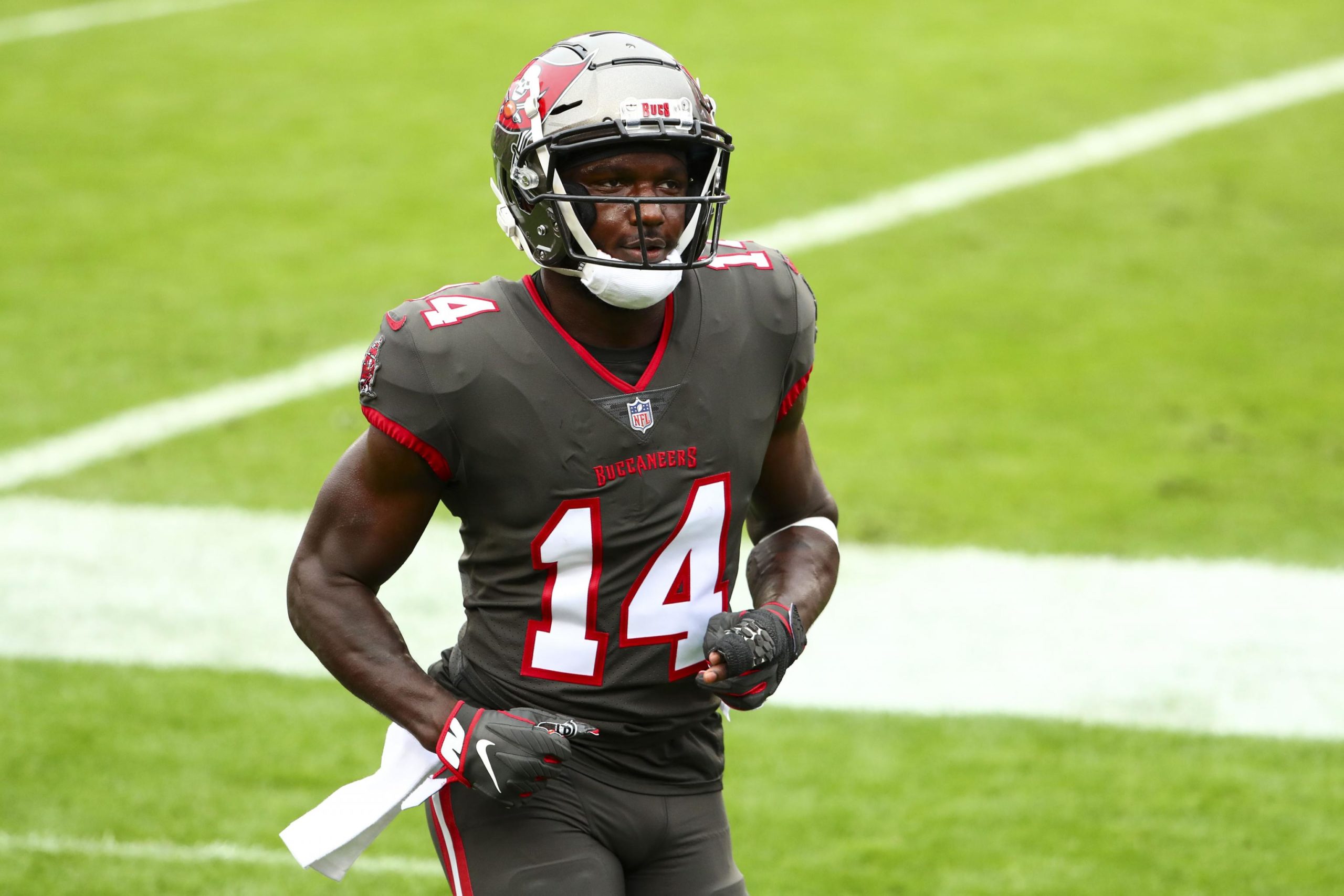
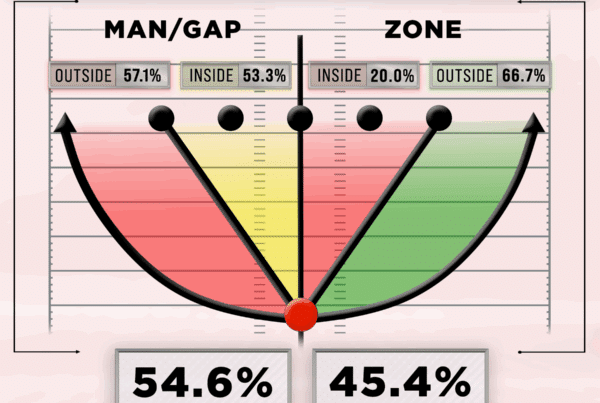
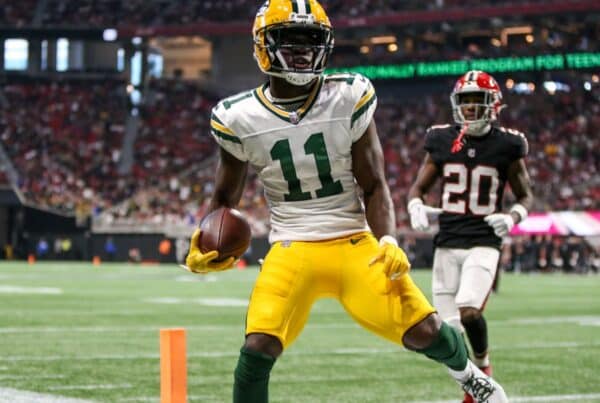
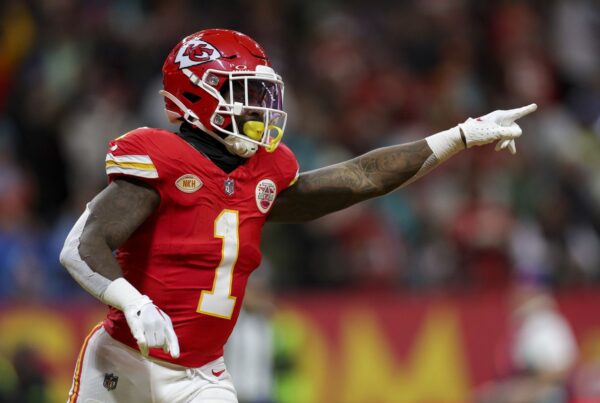
This is awesome
Congrats Harmon! Been reading RP for years via Footballers and listening to you and Lisa on Yahoo. Glad you’ve gotten to where you want and hope you keep advancing. Content is killer.
First heard you on HarrisFootball podcast and I think what you are doing is awesome! It’s been great to see your success grow and now we get a website dedicated to #receptionperception!
Looking for to the new site love the work and like it being a standalone product now.
Great content, excellent work